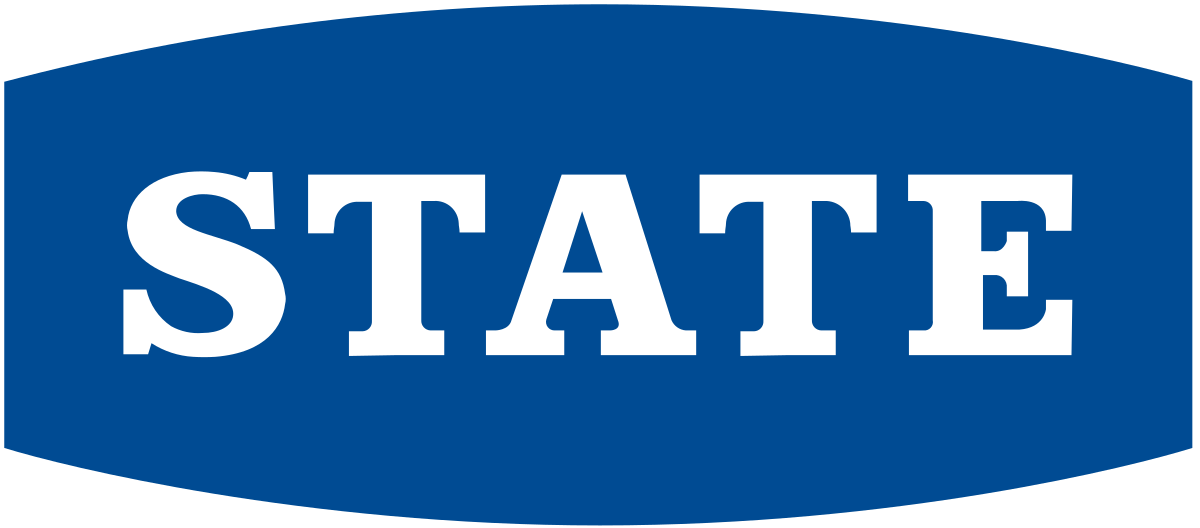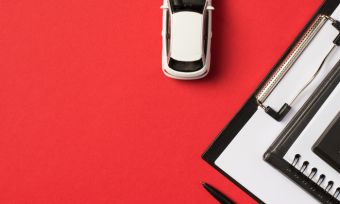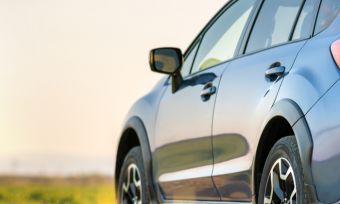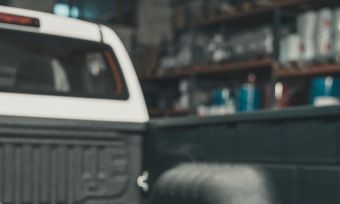In this article we cover:
- What are the different types of driver licence?
- What do I need to sit a driving test?
- How much does sitting a test cost?
- Are driving lessons worth it?
- How much do driving lessons cost?
- Defensive driving course
- Petrol costs
- Total cost breakdown
What are the different types of driver licence?
Driver licences in New Zealand are broken down into three categories, each coming with varying conditions:
- Learner
- Restricted
- Full
Learner licence
A learner licence is the first and lowest tier of driver licence in NZ. You must be at least 16 years old to sit your learner licence test.
The learner licence test is a 35 question, multi-choice theory test that assesses the applicant’s knowledge of road rules. You must answer at least 32 questions correctly in order to pass the test and earn your learner licence.
Learner licences have a number of conditions, including:
- Driving with a supervisor at all times
- Display ‘L’ plates on front and rear windows
- For moped users, only driving between 5am and 10pm
After holding a learner licence for at least six months, you are able to sit a restricted licence test.
Restricted licence
A restricted licence is a mid-tier driving licence. It offers more flexibility and independence than a learner licence, but still has some restrictions in place.
To move from a learner to restricted licence you must pass a practical driving test. The restricted test is one hour long, with 45 minutes of actual driving. A tester will assess your driving ability and instruct you to perform a range of manoeuvres.
If you successfully complete the test, you’ll receive a restricted driving licence. This means you’re free to drive without a supervisor. However, conditions still apply:
- Not carrying passengers unless a supervisor is present
- Only driving between 5am and 10pm
If you’re at least 18* and have held a restricted licence for a minimum of 18 months*, you can sit the full licence test.
*If you have completed an advanced driving course, you can sit the full licence test at 17.5 y/o and after 12 months of holding a restricted licence (after three months if you are 25+).
Full licence
A full licence is the highest level of car licence in NZ. Full licences have no licence conditions, although vehicles must be registered and roadworthy, and drivers must obey the road rules.
A full licence practical test must be successfully completed before a full licence can be issued. The full licence test is similar to a restricted licence test, except it’s shorter. A full licence takes 30 minutes to complete, with 20 minutes of actual driving time. Once again a tester will assess your driving ability by instructing you to perform a range of manoeuvres.
If you pass the full licence test, you will be issued with a full licence that is valid for 10 years. After a decade, you will need to renew your licence by paying a small fee, completing an eye test and having your photo taken.
What do I need to sit a driving test?
To sit your theory test, you will need to pay a fee and do the following:
- Complete an application form
- Bring proof of identity
- Pass the eye test
- Let the agent take your photo and signature
To sit your practical driving tests you will need to pay a fee and do the following:
- Ensure your car has a WOF, is registered and roadworthy
- Complete an application form
- Bring your driving licence
- Bring your ‘L’ plates if attempting your restricted licence
- Bring a support person (optional)
How much does sitting a test cost?
To sit a driver licence you’ll need to pay a fee. A licencing fee is made up of two parts, an application fee and a test fee. It’s important to note that if you fail a test and need to re-sit, you’ll need to pay another test fee.
If you decide to change or cancel your test you will have to pay an additional fee:
- $16.40 rescheduling fee for two or more complete working days’ notice.
- An additional test fee when rebooking, if you give less than two working days notice.

Note that from October 1, 2023 you’ll only need to pay an application fee for a driving test. However, application fees will be different to those on the above table. See the table below for more information.

There will be no charge if you need to change, rebook or cancel your test. This includes re-sitting a test.
Are driving lessons worth it?
While you can be both instructed and supervised by a friend or family member who has held a full licence for at least two years, you’ll likely be better off if you receive some professional driving lessons.
Driving instructors are experts at spotting bad habits, some of which might even have come from your supervisor! Receiving driving lessons from a driving instructor, especially in the early days of driving, can help build confidence and avoid developing bad habits.
It’s no secret that inexperienced drivers often make mistakes when learning to drive. In fact, drivers that hold a restricted licence are seven times more likely to be involved in a serious crash than other drivers. To combat this, most driving instructor vehicles a dual-controlled, meaning there is less of a risk. And, just in case, a driving instructors’ car will always be fully insured.
How much do driving lessons cost?
Driving lessons can save you money in the long-run, as they can help you avoid re-sitting tests and prevent the cost of fixing/replacing a car damaged in a crash.
There’s no set number of lessons that you should have, however, 20-40 hours typically gives new drivers the confidence and experience to pass a practical test.
You can expect to pay between $50 and $75 per lesson, depending on location, vehicle and the instructors’ experience.
Defensive driving course
If you want to shave off some time between getting your restricted and full licence, you could consider a defensive driving course. A defensive driving course reduces your restricted licence period by six months if you are under 25, and by three months if you are over 25.
A defensive driving course lasts eight hours, typically split over four, two-hour classroom sessions, plus a one-on-one practical session. A course typically costs between $215 and $240.
Petrol costs
One of the big costs associated with getting your licence and starting driving is the price of petrol. If you choose to practise driving in your own vehicle (which can help ease test-day nerves) you’ll have to purchase plenty of petrol.
Here’s a rough estimate of the cost of the petrol you’ll use while practising driving, assuming your vehicle uses 10l/100km, and that you cover approximately 50km per one hour session:
- Average national cost of a litre of 91: $2.93 (correct as of 11/09/2023)
- 5l per 50km practice: (5 x $2.93) = $14.65
- The NZTA recommends getting at least 120 hours of driving practice if you are on a learner licence (120 x $14.65) = $1758 approx
Total cost breakdown
The cost of getting your licence can be broken down into two categories: compulsory and optional.
Compulsory costs
These are fees that you have to pay to get your licence:
- Learner licence: $93.90
- Restricted licence: $134.80
- Full licence: $109.50
Total: $338.20
Optional costs:
- Driving lessons: $1000 – $3000
- Defensive driving course: $215 – $240
- Petrol for extra practice: $1758
Total:$2,973 – $4998
Getting a full licence in NZ can be very expensive. However, it is worth noting that plenty of practice and driving lessons make you a safer driver, which can save you money in the long run.
Compare outstanding car insurance with Canstar
Looking for great value car insurance? Each year, we release our car insurance awards, covering winners for Insurer of the Year, Outstanding Value, and Most Satisfied Customers. As part of our award results, you can view our Outstanding Value Star Ratings for different age groups, to help you find the best car insurance for you and your family. Below are our top rated providers in the 50+ Driver category. Click here to view our complete car insurance Star Ratings for all age groups.
NZ +50-year-old Driver: Comprehensive/Full Cover
|
|
|
|
|
|
 |
|
|
|
 |
 |
|
|
 |
|
|
|
 |
See here for our ratings methodology. The table above is an abridged version of our research. For the full results of our latest Car Insurance Ratings and Award, click here.
About the author of this page
This report was written by Canstar Content Producer, Caitlin Bingham. Caitlin is an experienced writer whose passion for creativity led her to study communication and journalism. She began her career freelancing as a content writer, before joining the Canstar team.
Enjoy reading this article?
You can like us on Facebook and get social, or sign up to receive more news like this straight to your inbox.
By subscribing you agree to the Canstar Privacy Policy












Share this article